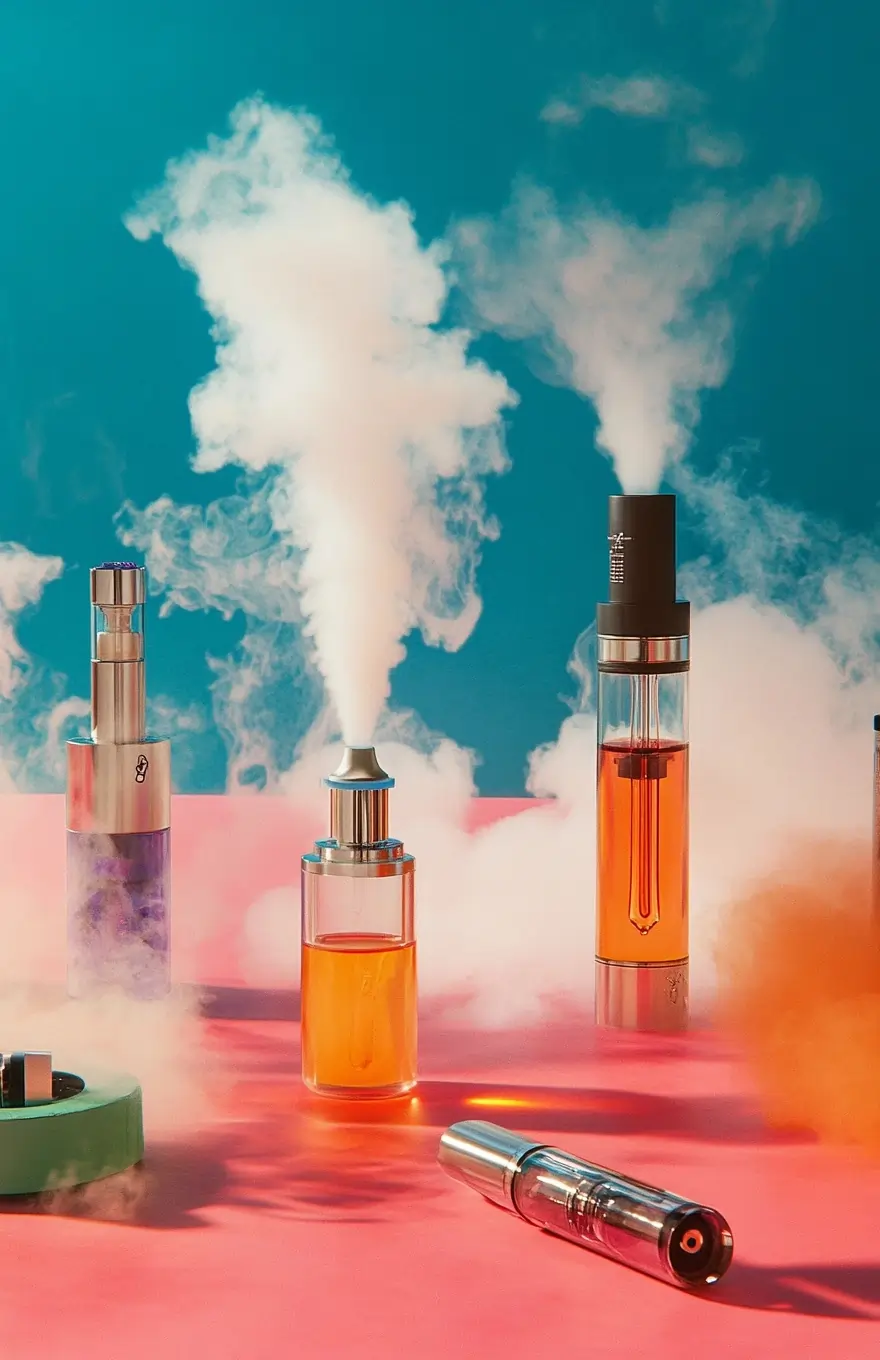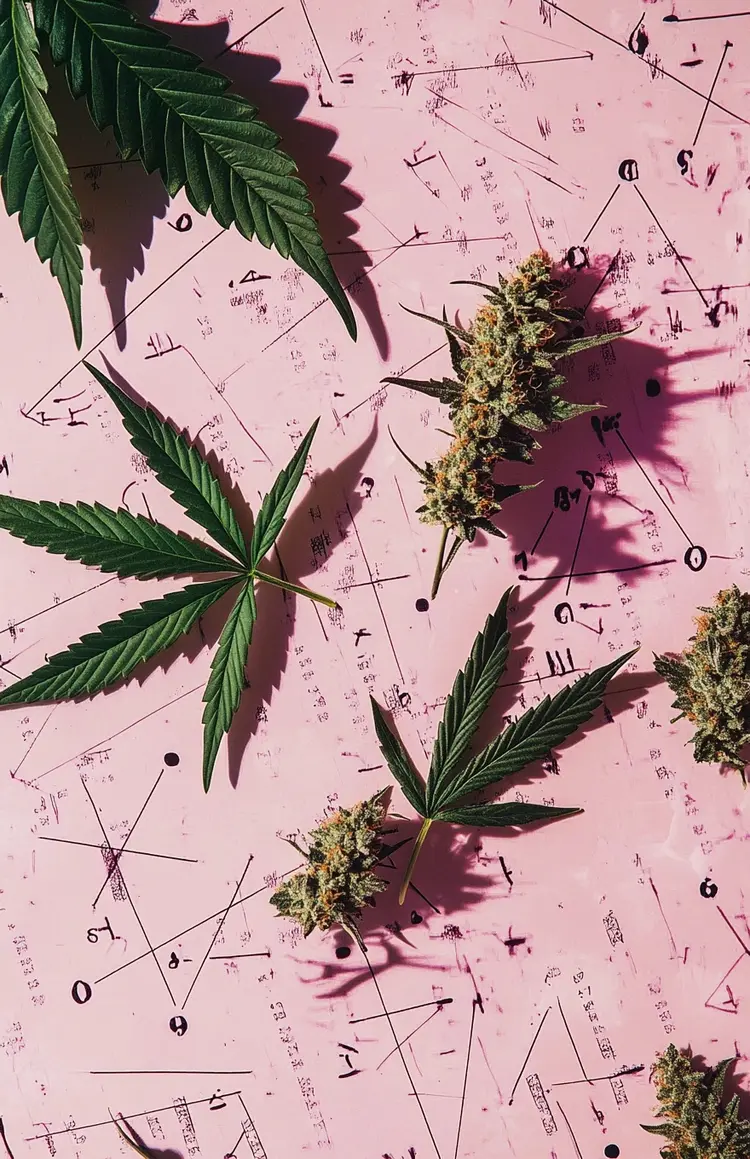

When it comes CBD, it pays to be a well-informed consumer. One of the most crucial factors in your CBD experience is the potency of the product you use. To find a product that’s the right strength for you, you need to know how to calculate CBD content.
You might be asking yourself why calculating CBD content is helpful. When you can quickly determine the exact CBD content and potency, you’ll be able to sort through subpar products and find the one that best fits your needs. This article will teach you everything you need to know about finding CBD products that offer the most bang for your buck!
CBD content is the total amount of cannabidiol in each product. There are various forms of cannabidiol — from CBD oil you can drop under your tongue to lotions that you rub onto your skin. Many products offer different amounts of CBD. Some are precisely dosed down to the milligram, and others can be approximated.
So much variety can make CBD shopping daunting, but these options exist to help you find the perfect product. When you know how much CBD is in each item, you can find products that offer the right amount of cannabidiol every time.
Content (the amount of CBD in a product) is not the same as potency. We’ll go over potency in the next section, but remember that CBD content refers to the total amount of cannabidiol in the entire product. In a general sense, the content applies to the whole bottle, and potency refers to each use.
For example, a bottle of 30 capsules with 10 mg of cannabidiol each would have a CBD content of 300 mg. This would be a good product for people who consistently want 10 mg of CBD daily because it would last 30 days.
We’ve seen that cannabidiol content is the total amount of CBD per product. Then what about our CBD potency? A product’s potency refers to how strong it is or how much cannabidiol is in a single dose.
Some products offer the same amount of CBD every time (such as a bottle of 10 mg capsules). Others allow you to increase or decrease your dose with every use (like CBD flower or vape juice). This provides options for those who want consistency and people who want to shake it up a bit.
Let’s go back to our example of a CBD capsule bottle. If each of the 30 capsules contains 10 mg, it has a CBD content of 300 mg a CBD potency of 10 mg. In another example, a bottle with five 20 mg pills would have a CBD content of 100 mg, but its potency would be 20 mg.
Keeping an eye out for CBD strength is crucial when shopping for any hemp-related product. A large bottle of CBD oil may seem like it contains more cannabidiol than a small vial. But, the concentration of CBD could vary greatly in each container.
![How to Calculate CBD Content the Simple Way [2024] 1 a green bottle of cbd oil next to a hemp plant](https://hollyweedcbd.com/wp-content/uploads/2021/02/green-oil.jpg)
To find the CBD dosage that works for you, consider factors such as body weight and intended use. Generally, we recommend 0.25 mg CBD per pound of body weight for a regular dose. If you’re looking for a stronger kick, try 0.5 mg of cannabidiol per pound.
While the doses mentioned above are a tried-and-true rule of thumb, you may be using CBD for specific purposes. Perhaps you’re micro dosing, which is the practice of taking small CBD amounts for a light boost. On the other hand, you might need to take a high dose to manage severe discomfort.
Besides intended use, some people are more susceptible to CBD than others. In the 1970s, researchers confirmed that different individuals metabolize substances in various ways. The way CBD affects you (and therefore your ideal dose) could have more to do with your genes than the CBD product!
When shopping for the right CBD product, make sure you’re considering the cannabidiol content of a product in addition to how potent it is. You should ask yourself how long the product will last you, and calculating the overall content will help you do this.
Remember that a product with a low cannabidiol content but high potency may not last as long as products with greater content.
When calculating the CBD percentage of oil, divide the milligrams of cannabidiol by the container’s volume. For example, a 15 ml bottle of CBD oil with 300 mg total cannabidiol would have 20 mg of CBD per ml (300 divided by 15). How would we calculate CBD if it’s not in the form of oil.
Earlier, we mentioned an example of a bottle of 10mg CBD capsules that total 300 mg of cannabidiol. Divide the total cannabidiol content by the number of individual units (capsules, gummies, etc.). In this case, the calculation would be 300 mg divided by 30 pills, equaling 10 mg per capsule.
Using this same formula, you can determine how much the manufacturer is charging you per mg of CBD. If the entire 15 ml bottle of CBD oil costs $45, and each ml holds 20 mg of cannabidiol, then you’re paying $3 per 20 mg of CBD ($45 divided by 15 ml).
Dividing $3 by 20 mg, we can see that the business charges you 15 cents per milligram of CBD. This is a bit high for CBD oil. We’d recommend products that cost roughly 8 cents per mg of cannabidiol. Now when you’re purchasing CBD, you can take out your calculator and find the products with the best value!
![How to Calculate CBD Content the Simple Way [2024] 2 a person using a notebook and calculator to calculate cbd content](https://hollyweedcbd.com/wp-content/uploads/2021/02/dose-calculator.jpg)
It’s a good idea for beginners to start with about 10 mg of cannabidiol and work up from there. But, how can you determine your ideal dosage? Remember, our recommendation is 0.25 mg per pound of bodyweight for a regular dose and 0.5 mg for a strong dose. To find your personal dosage, multiply your weight by the desired dosage rate. Here are some examples:
Measuring out your dose will be a breeze if you’re using pre-dosed products like capsules or gummies. Approximated products, on the other hand, are a different story.
For example, in a 15 ml bottle of CBD oil containing 300 mg of cannabidiol, each drop would roughly equal one mg of CBD. That’s because a drop is typically 0.05 ml. So, you would require 20 drops of oil to equal a milliliter, and each ml contains 20 mg of CBD.
Flower is a popular way to enjoy CBD, but it can be hard to determine how much cannabidiol you get in each puff. Vapes and joints typically offer 3-4 mg of CBD per inhalation. If you vaporize dry flower, you can get around 10 mg of cannabidiol with each puff. CBD wax offers about 20mg of CBD, and bongs usually provide an impressive 30 mg of CBD with each hit.
Of course, how much cannabidiol you use depends on the product and your unique needs. You may benefit from using more (or less) CBD than the amount recommended by these guidelines.
No matter how you use CBD, the first step is figuring out how much to take. Fortunately, CBD will work its magic in small doses or larger ones. So, don’t worry about getting anything wrong! The primary concern for potential cannabidiol consumers is getting the most CBD for the best price. Now that you have the tools to calculate CBD content, you’re ready to find the perfect product for you!